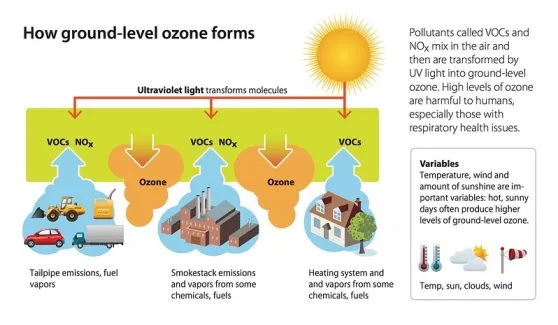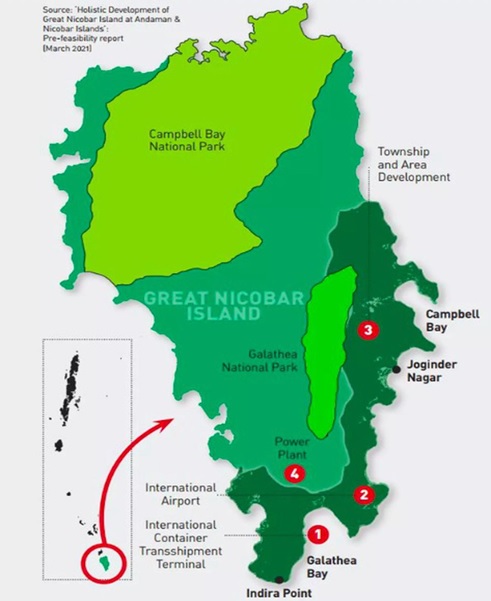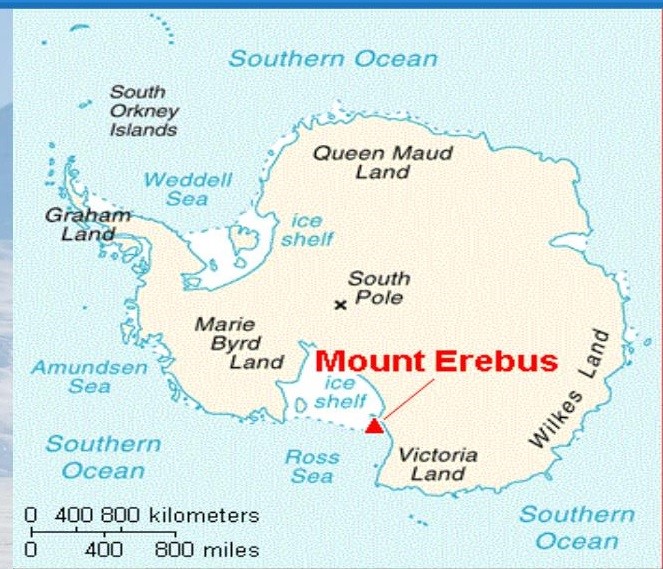|
Key aspects |
Ground level ozone |
Stratospheric ozone |
|
About |
It is an air pollutant near the earth’s surface formed by chemical reactions between pollutants in the presence of sunlight.
|
It is known as the “ozone layer”, located high in the Earth’s stratosphere.
|
|
Location |
Found in the lowest layer of the atmosphere called the troposphere, which extends from the Earth’s surface up to 10km in altitude. |
It is located in stratosphere which is above the troposphere and extends from about 10 km to 50km above the Earth’s surface. |
|
Formation |
It forms as a result of complex chemical reactions involving precursor pollutants, specifically volatile organic compounds (VOCs) and nitrogen oxides (NOx) in the presence of sunlight at ground level. |
Primarily forms through natural processes, where oxygen molecules (O2) are exposed to high-energy ultraviolet (UV) radiation from the Sun, |
|
Role |
It is considered a harmful air pollutant contributes to the formation of smog and can have harmful effects on human health and the environment. |
It serves as a protective role as it absorbs and blocks a significant portion of the sun’s harmful UV radiation. |
Adverse impact of ground level ozone

Reference
Recently India and Mauritius sign protocol to amend tax treaty
|
Key terms |
About |
|
Base Erosion and Profit Shifting |
|
|
Treasury shopping |
|
|
Double Taxation Avoidance Agreement (DTAA) |
|
|
Principle Purpose Test (PPT) |
|
|
General Anti Avoidance Rules (GAAR) |
|
|
OECD’s multilateral instrument |
|
Reference
Experts have written to the National Commission of Scheduled Tribes (NCST) highlighting how the Great Nicobar Project will be harmful for the region’s indigenous population.
The port would help India to achieve significant milestones as envisaged under Maritime India vision 2030 and Amrit kaal Vision 2047

|
Galathea Bay |
|
References
Scientists have identified a novel defence mechanism the human body uses to prevent zika and dengue infections.
Phosphatidyl serine (PS) protein is usually expressed by dying cells in the body, as a signal to the immune cells to destroy them.
|
Viral disease |
About |
Prevention |
|
Zika virus |
It is a vector-borne flavivirus primarily caused by the bite of Aedes mosquitoes, mainly Aedes aegypti and Aedes Albopictus. |
|
|
Dengue |
It is the world’s fastest-growing vector borne disease transmitted by Aedes aegypti mosquito.
|
|
|
Chikungunya |
It is a ribonucleic acid (RNA) virus that belongs to the alphavirus genus of the family Togaviridae transmitted by the bites of infected female ‘Aedes aegypti and Aedes albopictus mosquitoes’. |
|
References
Recently Mount Erebus is raining gold dust on earth 80 grams a day worth 6000 dollars.

It is the 6th highest point of an island and second prominent mountain in Antarctica after Mount Vinson.
|
Volcanoes in news |
Location |
|
Mount Merapi, Mount Ruang |
Indonesia |
|
Mount Villarrica |
Chile |
|
Mount Litli Hrutur, Sundhnukagigar crater |
Iceland |
|
Mount Klyuchevskoy |
Russia |
|
Great Sitkin volcano |
Alaska |
|
Hunga volcano |
Tonga |
Reference